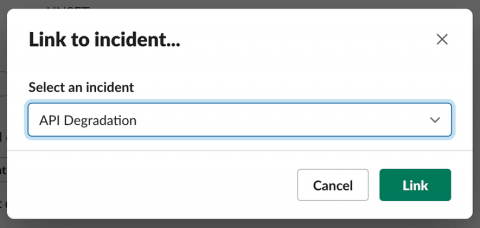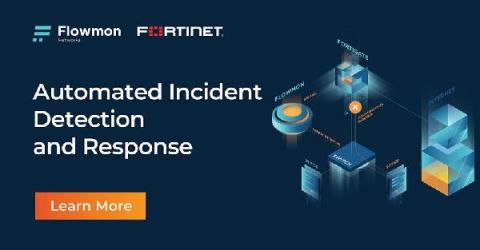Operations | Monitoring | ITSM | DevOps | Cloud
Incident Management
The latest News and Information on Incident Management, On-Call, Incident Response and related technologies.
SLOs for AWS-based infrastructure
Atlassian + Zendesk: Best Practices in Incident Management
July 2020 Update: Close alerts in SIGNL4 when the issue was resolved in the backend
Our July update brings new features to the email and webhook API’s. You can now close alerts in SIGNL4 when the issue was resolved in your backend system.
Improve Customer Experiences & Collaboration Between Support and Engineering With Bidirectional Communication
We are delighted to announce our new PagerDuty integration for Salesforce Cloud. This integration empowers Customer Service, Engineering, and IT teams to proactively resolve customer issues in real time by improving communication and collaboration.
Google Cloud OnAir with CEO Ashar Rizqi: Benefits of Cloud Infrastructure
Blameless' SRE Journey
Incident Page Updates
Here at FireHydrant we are always looking for ways to improve and simplify incident management, today we’re happy to announce a set of changes to the incident and retrospective pages to further simplify the incident command center. To make it easier to stay up to date on the status of your incident, we have made the incident timeline permanently viewable on your Incident Command Center. You can adjust the width of your timeline to ensure you can see the most important information at all times.
PagerDuty Integration Updates
In an effort to make it even easier to open incidents, FireHydrant will now let you open an incident from Slack in a single click. When an alert is ingested into FireHydrant a message will post to a channel of your choosing to open an incident. When the incident is opened it will pull in all the data from the PagerDuty alert and configure your incident with that data. Now you can go from an alert firing in PagerDuty to an open FireHydrant incident with all of your automated process in under 5 seconds.
Key Fortinet and Flowmon Integrations: Automated Incident Detection and Response
Flowmon has recently joined Fortinet’s Open Fabric Ecosystem by integrating with FortiGate and FortiSIEM. This cooperation brings automated system for threat detection and response, blocking security risks in their infancy, and giving time to administrators to carry out forensics.











